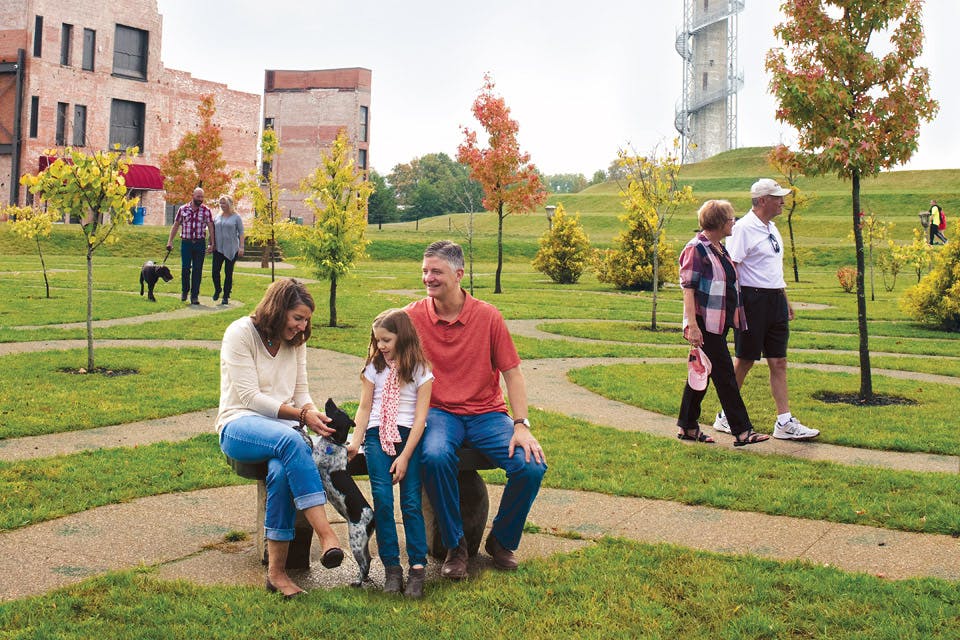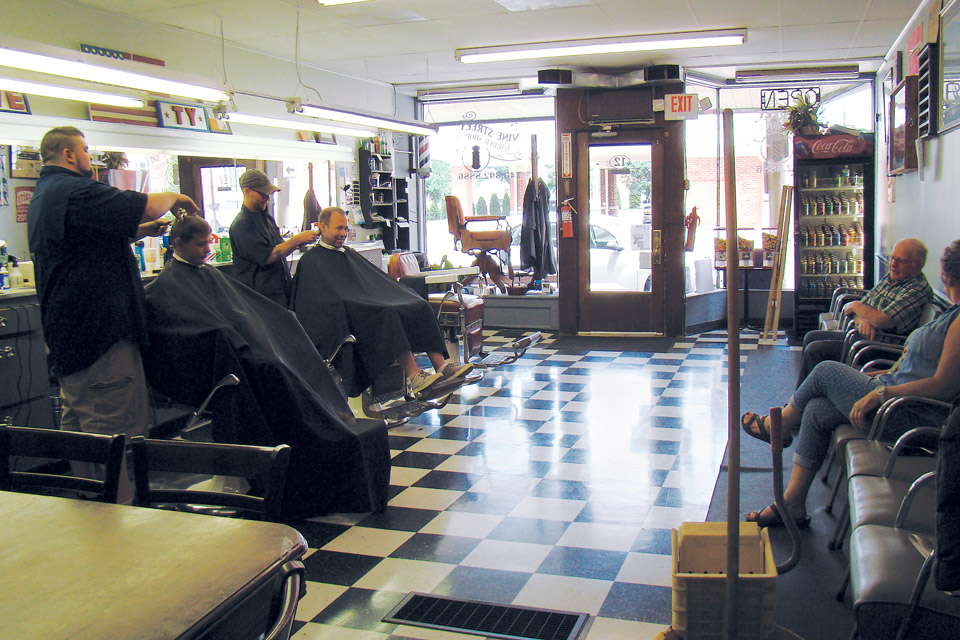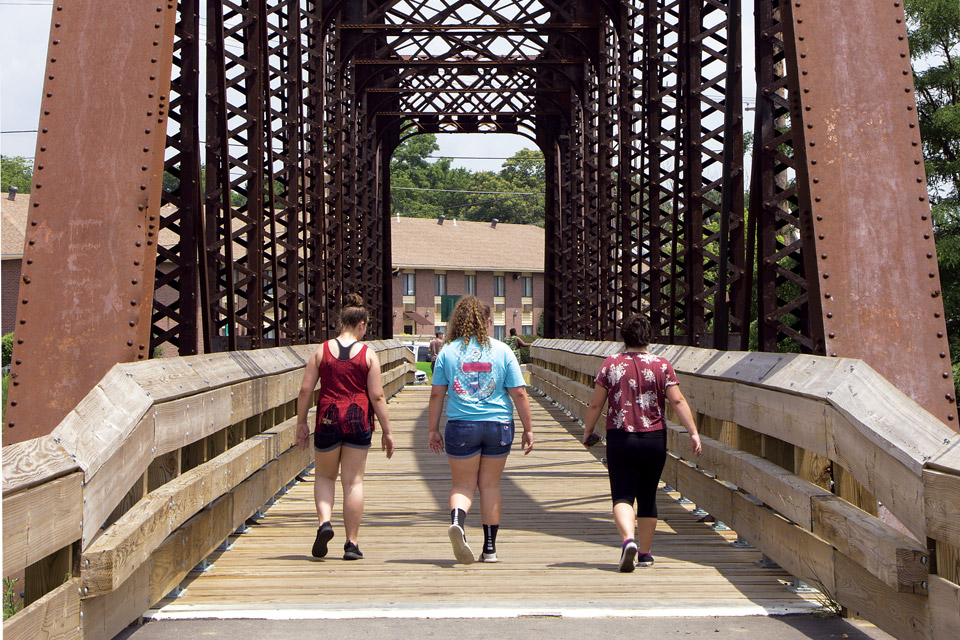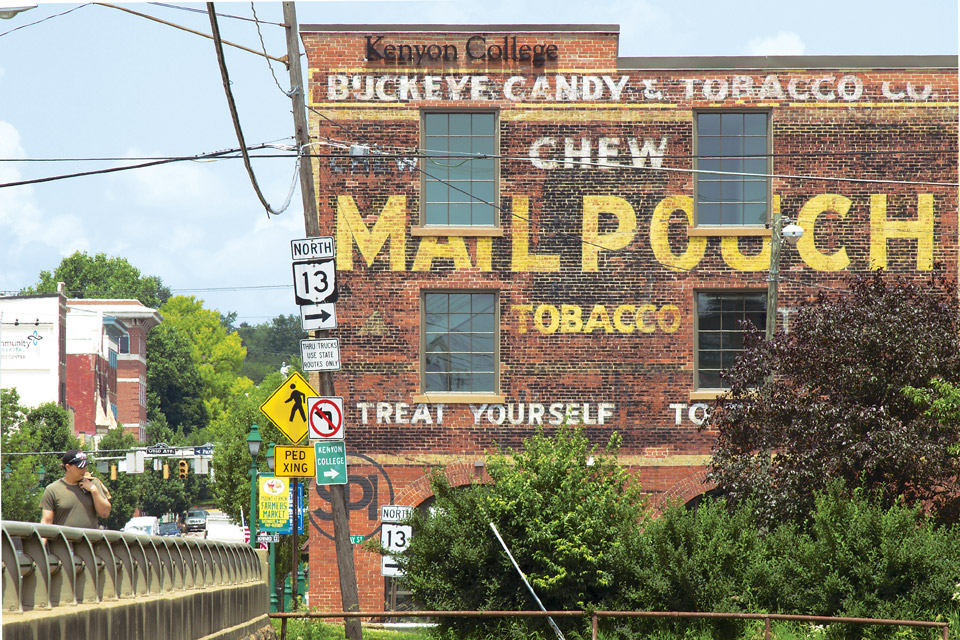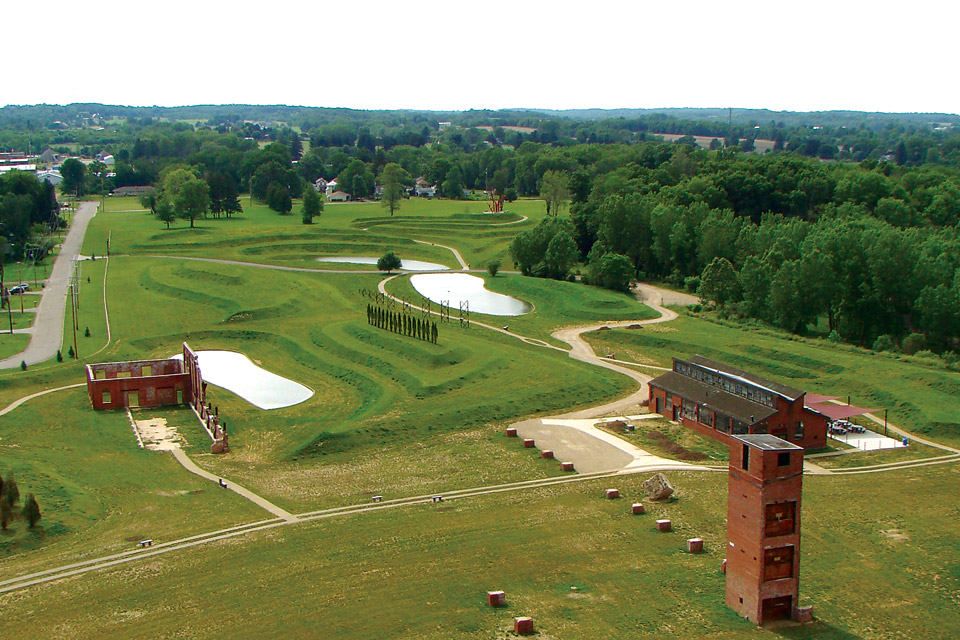Ohio Life
| Best Hometowns
Best Hometowns 2017–18: Mount Vernon
This town honors its heritage with dramatic improvement projects that merge history and community.
Related Articles
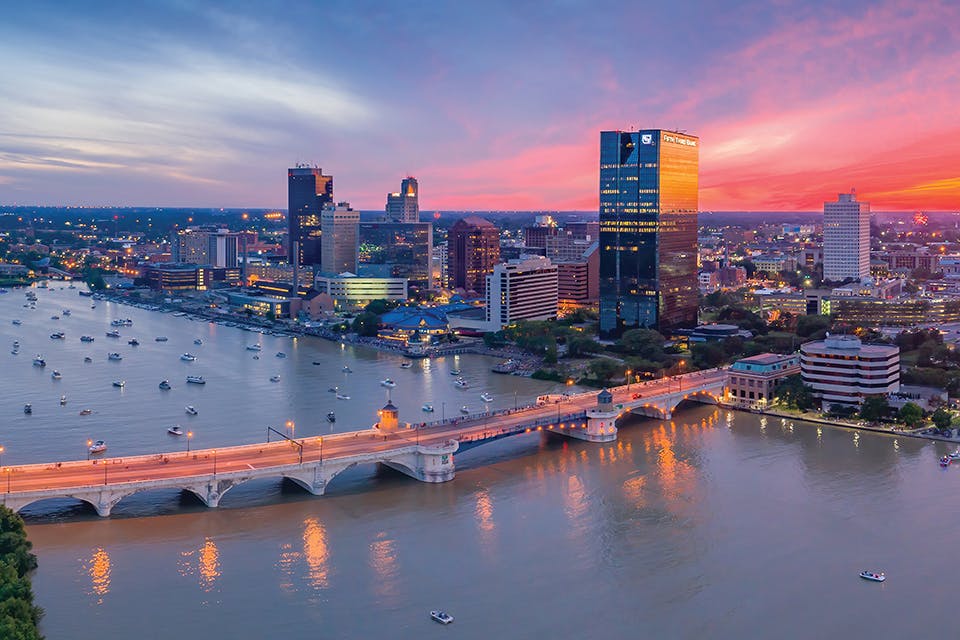
Ohio Road Trips: 50 Places to Visit This Year
Whether you want to explore one location or visit points of interest across the state, gas up with our guide to dozens of destinations to experience. READ MORE >>
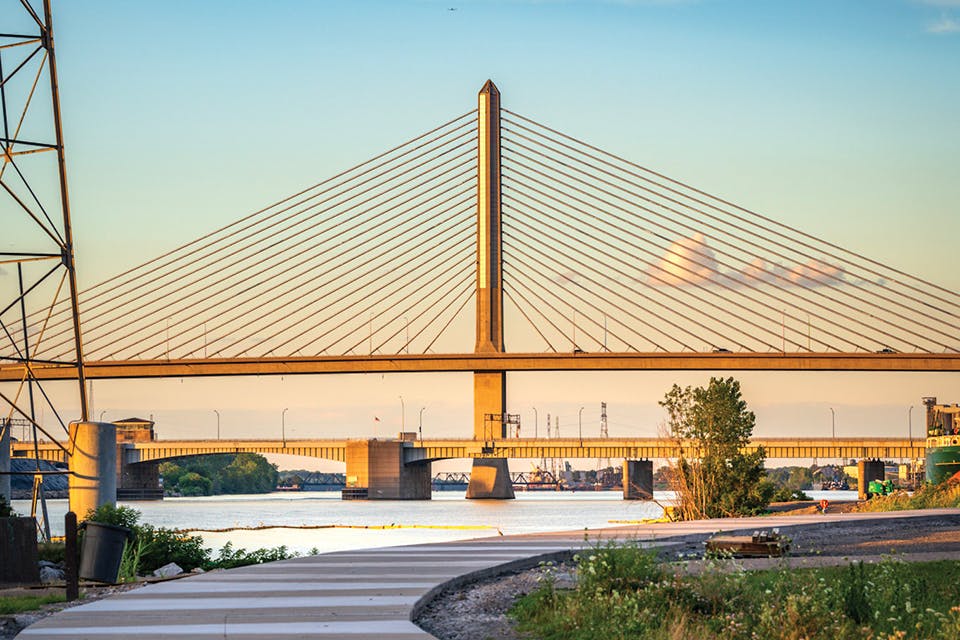
5 Ways to Experience Toledo’s Waterfront
Located where the Maumee River meets Lake Erie, this Northwest Ohio city makes for a great place to explore outdoor recreation and maritime history. READ MORE >>

5 Must-Visit Cincinnati Restaurants for Foodies
The Queen City is home to a wealth of restaurants, and a tour of these spots shows the range, variety and creativity that its food scene has to offer. READ MORE >>


